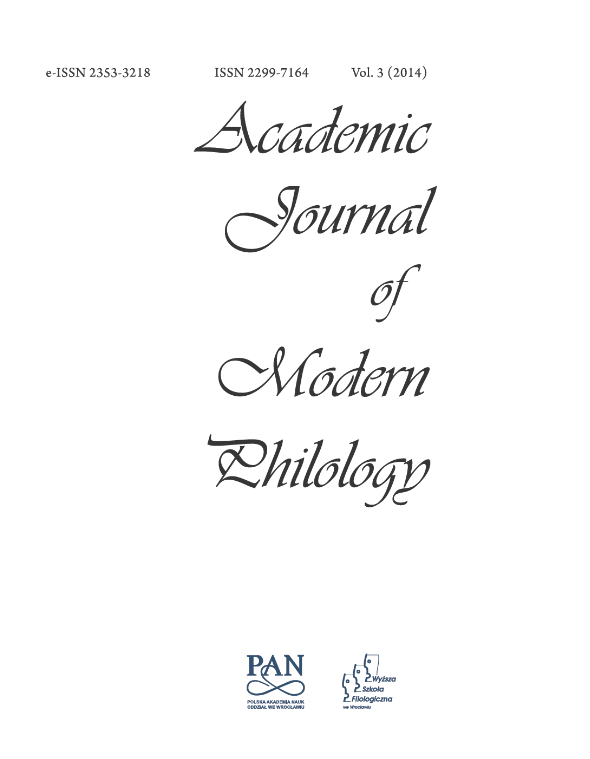Terminy nīras, nirastā w opowiadaniach Agjeja. Ślady sanskryckiej teorii estetyki rasawe współczesnej literaturze hindi
The Terms nīras, nirastā in Ajñeya’s Short-Stories: Tracing the rasa Theory of Aesthetics in Contemporary Hindi Literature
Author(s): Teresa MiążekSubject(s): Language and Literature Studies, Literary Texts, Studies of Literature
Published by: Komisja Nauk Filologicznych Oddziału Polskiej Akademii Nauk we Wrocławiu
Keywords: Hindi literature; Hindi short-stories; Ajñeya; Sanskrit aesthetics; rasa t h e or y; Nāṭyaśāstra
Summary/Abstract: The main focus of this paper is to admit a possibility of interpreting some ideas present in modern Hindi literature in terms of the Sanskrit theory of aesthetics, originally conceived for stage performing arts. The author is aiming at presenting a symbolic context of rasa and its validity for usage in literature. Examples from Ajñeya’s short-stories point towards the possible connotations of the term nīras with the terminology of Sanskrit aesthetics rasa. The contribution of Saccidānand Hīrānand Vātsyayān known as Ajñeya in Hindi literature is presented in short. Some meanings of rasa known from Nāṭyaśāstra, especially the symbolic meaning of colors, are depicted as employed in modern literary criticism. Hindi terms: nīras “without sap,” “without taste” and nirastā – “dullness,” “emptiness” are discussed in relation to the Sanskrit term rasa “juice,” “taste,” “aesthetic experience,” “aesthetic category” and to its symbolic colors. The results of this discussion could serve as proof for an unbroken flow of Indian literary tradition since 500 BC till nowadays. Moreover, they acknowledge Ajñeya’s affirmative attitude towards the Sanskrit tradition.
Journal: Academic Journal of Modern Philology
- Issue Year: 2014
- Issue No: 3
- Page Range: 43-54
- Page Count: 12
- Language: Polish

